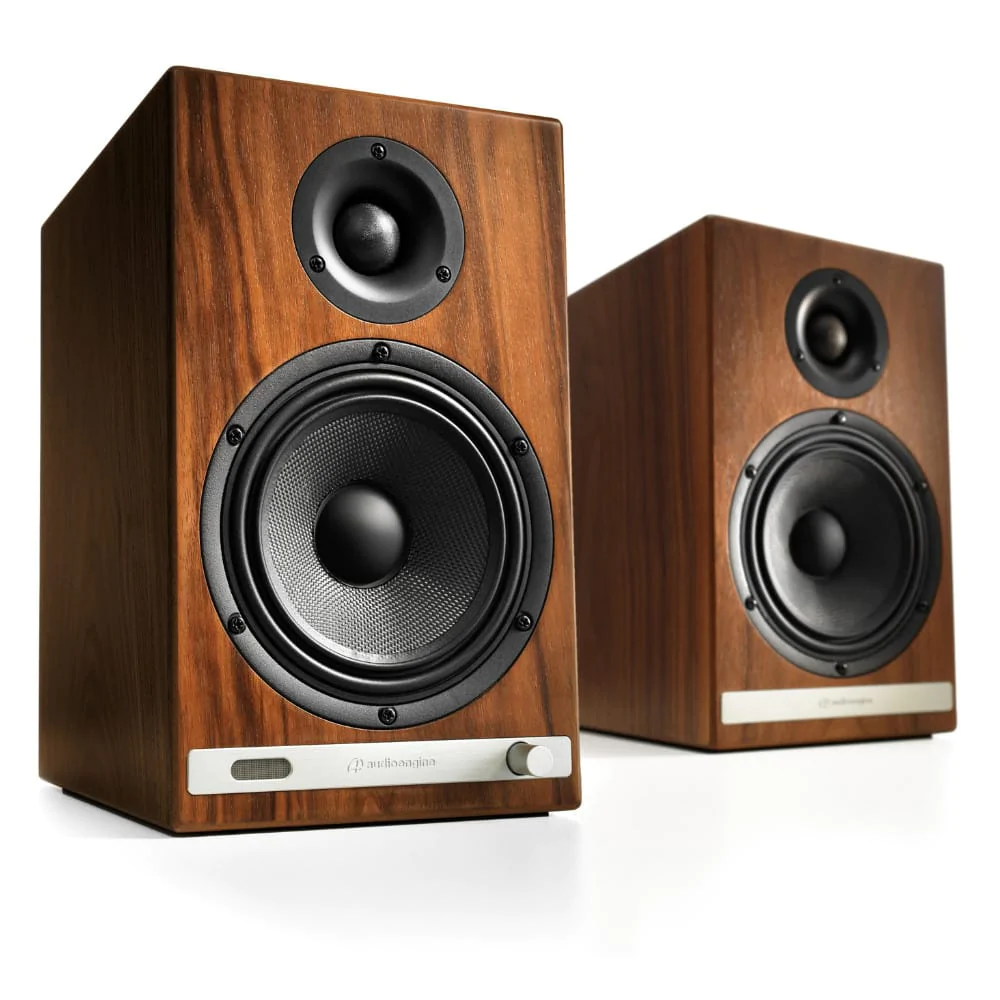Step-by-step instructions to Use (and Break) the 180-Degree Rule

There are many guidelines to learn in the realm of film and video. Rule number one: ensure you recall where (buy youtube views UK) you put the focal point cap after you take it off. Rules number two through 1,000,000: figure out how to defy every one of the guidelines as frequently as could be expected.
It’s entertaining to envision that, at one point ever, movie producers needed to conclude precisely. How they would move toward shooting the most essential of scenes. Take a straightforward arrangement of shots of two individuals talking, for instance. Where do you place individuals in these shots to convey their speaking?
The 180-degree rule is among the numerous filmmaking decisions established due to legitimate needs. It’s a pivotal piece of how producers shoot scenes even today and illuminates. How crowds have figured out how to blend visual data in film and video content.
Nonetheless, as with each film rule before it (other than the focal point cap one), one can (and now and again ought to) be broke. We should pause for a minute to concentrate on this notorious film rule and investigate. How you can utilize it — or break it — in your film and video projects.
What is the 180-degree rule?
How about we start by characterizing and making sense of what the 180-degree rule is and why it exists. By a fundamental definition given by Wikipedia, the 180-degree rule “is an essential rule in regards to the on-screen spatial connection between a person and one more person or item inside a scene.”
As you can find in the going with the picture over, the standard expresses that the camera ought to be put on one side of a fanciful (or genuine if you need to be specialized about it) hub framed between two characters.
The mark of the 180-degree rule is to assist with orientating the camera (and crowd) concerning where the characters are at some random time. If the camera keeps the 180-degree guideline and stays on the right half of the line, your crowd will constantly comprehend where each character is looking, talking, or acting.
The 180-degree rule has been shroud in amateur film courses both in schools and on the web, and you can observe a few tremendous instructional exercises further separating the idea like the one beneath.
Step-by-step instructions to utilize the 180-degree rule
Before we plunge into instances of the 180-degree being used in the film, how about we invest some energy investigating the essentials of how a producer should involve the standard in any case.
As you can tell from the outline and definition, the 180-degree rule is lovely clear, and straightforward regar how it’s set up. What’s more, it’s valid. It is straightforward to execute when you have a short scene with only two entertainers in the discussion.
You define your fanciful boundary between these two entertaine, given how they are situate. You put your camera on a mount, keep it on one side, and teach your entertainers to remain on the other for the scene. Blast — film wizardry!
Notwithstanding, things get trickier when you add more factors like more entertainers and entertainers and kicking off your camera. For most film and video circumstances, the 180-degree rule can immediately turn out to be a more significant extent free rule than a hard-set rule.
The nonexistent line you make, for instance, can be set and reset all through a scene relying upon which (at least two) characters are now in discussion.
Additionally, as present-day producers are increasingly more liable to jettison the static mount shots and put their cameras into gear on gimbals and handheld apparatuses, the nonexistent line can, to be sure, be pushed now and again, while perhaps not through and through broken… for however long it’s finished with practical reason.
When and how to disrupt the 180-degree norm
Okay, we additionally need to discuss defying the 180-degree guideline.
Chances are, if you turn on any TV or streaming show or head out to any cutting-edge film, you’ll presumably see essentially a couple of instances of the 180-degree rule being broken in a scene anywhere (if not being overlooked in general for some cutting-edge activity or arthouse films).
Nonetheless, in most of these examples, the 180-degree rule is kept for a large portion of a film’s creation. The disrupts to the norm come at vital times inside a film’s story and are finished by producers as a method for understanding disquiet.
It’s like how producers use procedures like dutch points or hop slices to tell the crowd that something is off. However, you’re not exactly sure precisely what. The 180-degree rule is likewise frequently broken for need while shooting turbulent scenes with heaps of movement and camera development.
Battle scenes in current activity motion pictures are famous for placing the camera in the activity, which (like their battling heroes and characters) can frequently get confounded during the most intense part of the conflict.
In any case, even at the core of large numbers of the times that the 180-degree rule is broken, it is done exclusively inside the bounds of the story, generally speaking, and at the bearing of a generally settled producer from the get-go in the task.
Instances of the 180-degree rule in real life
At long last, I believe we’re prepared to take a gander at specific instances of the 180-degree rule in real life. As you can see from the movies underneath, the 180-degree rule is a heritage fundamental of filmmaking. For more: https://socialfollowerspro.uk/buy-youtube-views-uk/
Notwithstanding, similarly with each standard and style, producers would analyze and refine the 180-degree rule throughout the long term, at last picking when and how to push and break it. How about we investigate probably the most significant crossroads in the standard’s set of experiences.
The Great Train Robbery (1903)
Beginning as far back as we can, how about we first glance at quite possibly of the most renowned film in early film history: The Great Train Robbery. A raving success at that point, this realistic experience is accounted for to have, in a real sense, blown crowds out of their seats with its creative filmmaking and narrating methods.
In any case, by present-day norms, it looks dated and collectible. Specifically, its utilization of a static camera nearly feels like you’re just watching a phase play. Which, in truth, was most likely the way that early producers moved toward their most memorable undertakings. The 180-degree rule is being used, yet indeed likely wasn’t even examined as of now as moving the camera was arduous and practically disputable.
Gone with the Wind (1939)
Nonetheless, as we advanced consistently, the camera did, without a doubt, turn out to be sufficiently light to reposition from one shot to another. It is expected to remain static on stands and ordinarily given definite syntheses. When Gone with the Wind emerged, Hollywood was going full bore, and creations were taking off the line.
This is where the 180-degree rule turned into a wholly acknowledged sign of exemplary filmmaking. These early chiefs and cinematographers were mindful of laying out this fanciful line and not crossing it as they would have somewhat not confounded or hampered the’s comprehension crowd might interpret these scenes.
Take the scene above, for instance, the camera is placed into a few different shot types, including wide shots, medium shots, and close-ups, yet it impeccably remains on the right half of the 180-degree rule permitting the scene to stream typically and without disarray.
The Shining (1980)
In any case, as film innovation and crowd assumptions progressed, producers started to explore more by tracking down new and imaginative ways of testing crowd assumptions. No movie producer was maybe more popular for technical and topical film accomplishments than Stanley Kubrick, as you can find in a complete presentation in this scene from his mental thriller The Shining.
In this scandalous scene in the notorious red washroom, Kubrick intentionally disrupts the 180-degree norm a few times. He does this deliberately as he is mindful that this sharp break (the camera hops totally across the 180-degree line) will understand disquiet and disarray as the discussion is intended to surprise the primary person and the crowd the same.
The Matrix (1999)
From that point, current movie producers would ultimately move more into half-breed and computerized film processes, which would incorporate substantially more adaptable and lightweight cameras and a large group of automated impacts available to them. Maybe the most typical case of this comes from the 1999 activity science fiction exemplary The Matrix which turned the 180-degree rule on its head with its progressive 360-degree camera shot.
Made well known from the arrangement above, as our legend figures out how to avoid disasters, the camera is kicked off, circumnavigating the person in realistic sluggish movement. Accomplished by a cunning arrangement of cameras encircling the entertainer on a green screen set, this single camera moved practically without any help, tossed the 180-degree rule through the window — to some extent regarding activity and trick movement.
Enter the Void (2009)
At last, by the present guidelines, the 180-degree rule is a decent idea; numerous cutting-edge producers have move on to reexamin how movies and scenes are shot and develop. Take the experimental independent film Enter the Void, for instance, which eliminates the idea of static mount shots out and out, instead of placing the camera into super durable movement as a ceaseless POV shot hung together from beginning to end film.
According to the drifting point of view of a person’s visualizations, the 180-degree rule is brutal to observe as the camera moves at its relaxation all through scenes and groupings.
Notwithstanding, while this model may be a piece outrageous, the 180-degree rule is without a doubt open for understanding as of now as crowds have become utterly mindful of it, yet likewise open to partaking in its supportiveness, as well as embracing its reflections.
For guestpost: https://healthhan.com/




